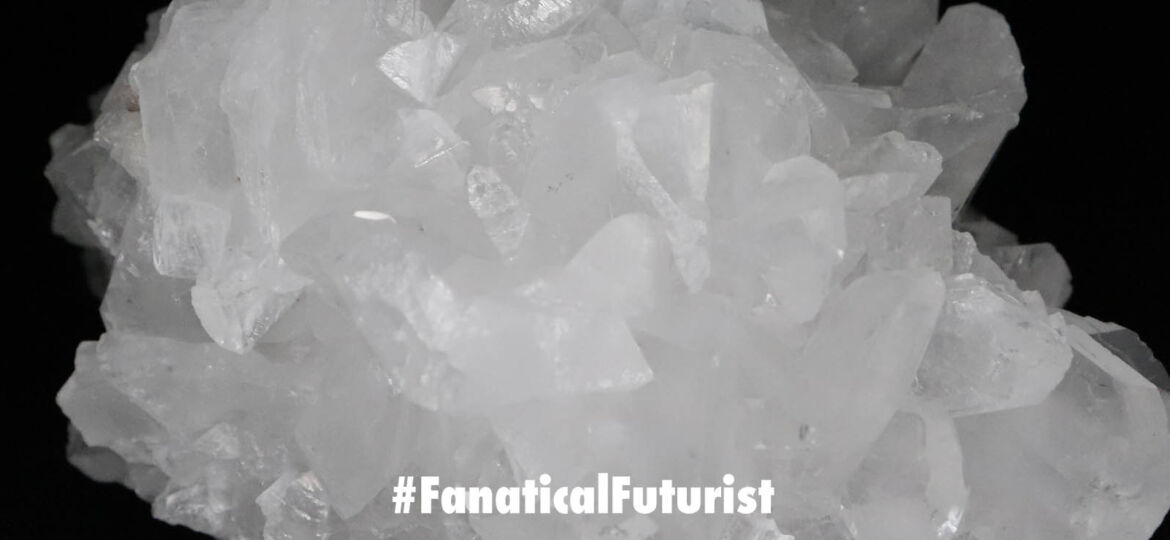
WHY THIS MATTERS IN BRIEF
Hypersonic weapons are a part of the future of war, and China has the upper hand in the race to develop and deploy them.
 Love the Exponential Future? Join our XPotential Community, future proof yourself with courses from XPotential University, read about exponential tech and trends, connect, watch a keynote, or browse my blog.
Love the Exponential Future? Join our XPotential Community, future proof yourself with courses from XPotential University, read about exponential tech and trends, connect, watch a keynote, or browse my blog.
Chinese military researchers have allegedly made yet another big advance in improving the effectiveness of air-breathing engines that use solid state fuel for hypersonic flight, and this latest development may expand the operational range of the country’s hypersonic missiles and double their combat potency, says a South China Morning Post (SCMP) report published earlier this week.
“Such efficiency was considered ‘remarkable’ – nearly doubling that of a traditional scramjet engine working in similar conditions,” noted Ma Likun, team lead of the study, an associate professor at the National University of Defence Technology in Changsha, Hunan province.
The technology slows incoming fresh air to less than sound speed before it enters the combustion chamber, allowing the fuel to burn more thoroughly.
The prototype engine was put to the test in a ground simulation of a flight at an altitude of 25 kilometers (15.5 miles) at Mach 6 and it produced fuel efficiency of 79 percent, which is nearly twice as high as a conventional scramjet engine under the same circumstances.
In this case the fuel in question is one I’ve talked about before and an odd one – boron powder, according to the researchers. Grey in color, boron burns ferociously when it comes into contact with oxygen and until a couple of years ago it was so difficult to work with that the US gave up developing it. But China didn’t.
In their experiment researchers introduced boron powder into the combustion chamber, and by switching the powder injection mode from single to multiple nozzles, they produced extra shock waves that expanded and flowed higher toward the air entrance, instantly slowing the speed of the fresh air.
Thus allowing the boron powder to have more interaction with air molecules and undergo enhanced chemical reactions. This led to a greater combustion temperature and more thrust, which enabled the engine to cruise farther and longer, claimed the researchers.
“A solid scramjet engine has numerous advantages, such as simple structure, high volume-specific impulse, high flame stability, and the potential to work in a wide speed range,” Likun’s team wrote in the paper.
Hypersonic missiles can fly at speeds of up to five times the speed of sound, and the development of the boron engine may make them more manoeuvrable and sensitive to targets, giving missile defense systems a little time to react.
The research also team noted that certain engineering issues, such as fuel injector heat degradation, could limit the engine’s ability to be reused.
They do, however, think that the information gathered from the ground tests will help with the development of the engine for a test flight.
The new engine could fulfil variable thrust requirements in various stages of flight thanks to its capacity to change itself practically as flexibly as a liquid fuel engine can, thus enhancing fuel efficiency and mobility.
China is also supporting the development of a number of competing hypersonic propulsion systems, such as an oblique detonation engine that can produce 10,000 times as much energy as conventional combustion and which NASA has already suggested could push aircraft and missiles to Mach 17 and beyond.
According to Chinese authorities, such a disruptive technology might spark a revolution in human transportation and aid China in catching up to other countries in traditional jet engine technology.
Meanwhile, the new development of solid scramjet engine technology is claimed to be a key step toward China’s objective, even though the first passenger flight may not occur until 2035.
The findings were first published in the Journal of Solid Rocket Technology on January 18, said the SCMP report.

















[…] a particular emphasis on frigate-based platforms to counter hypersonic systems being fielded by China and […]